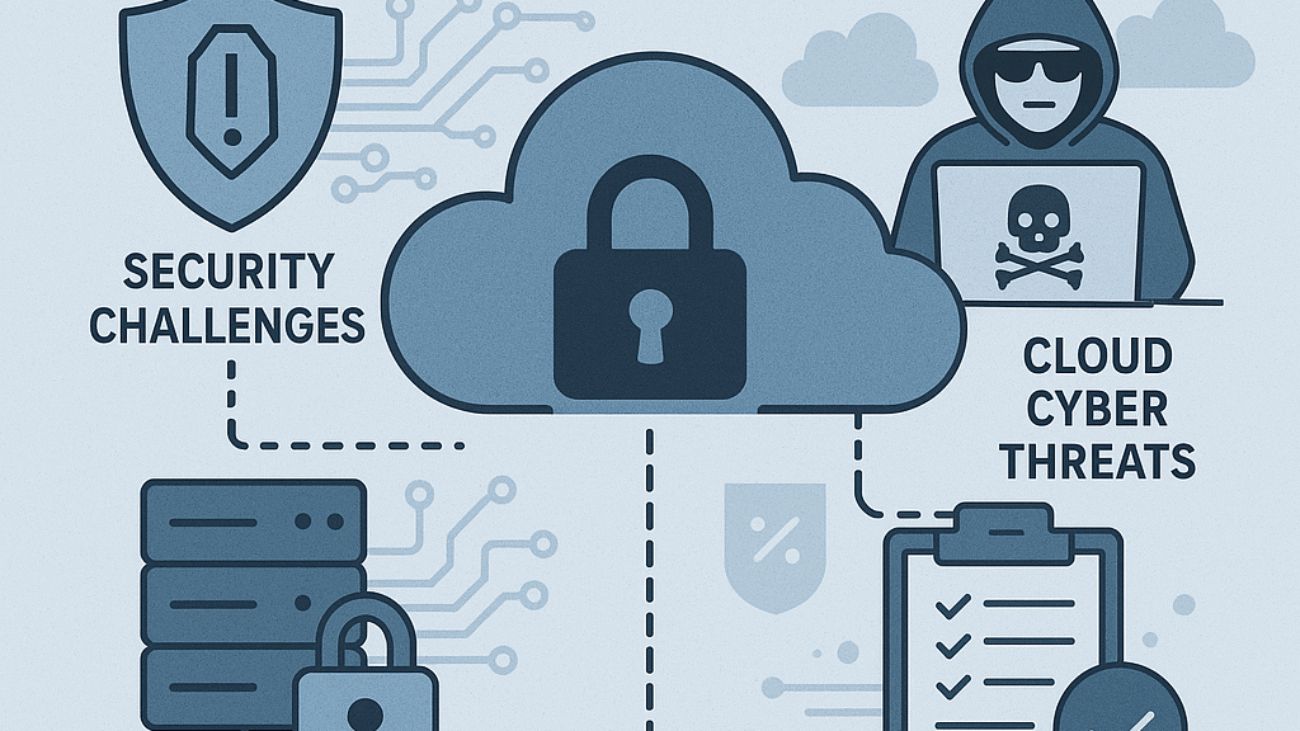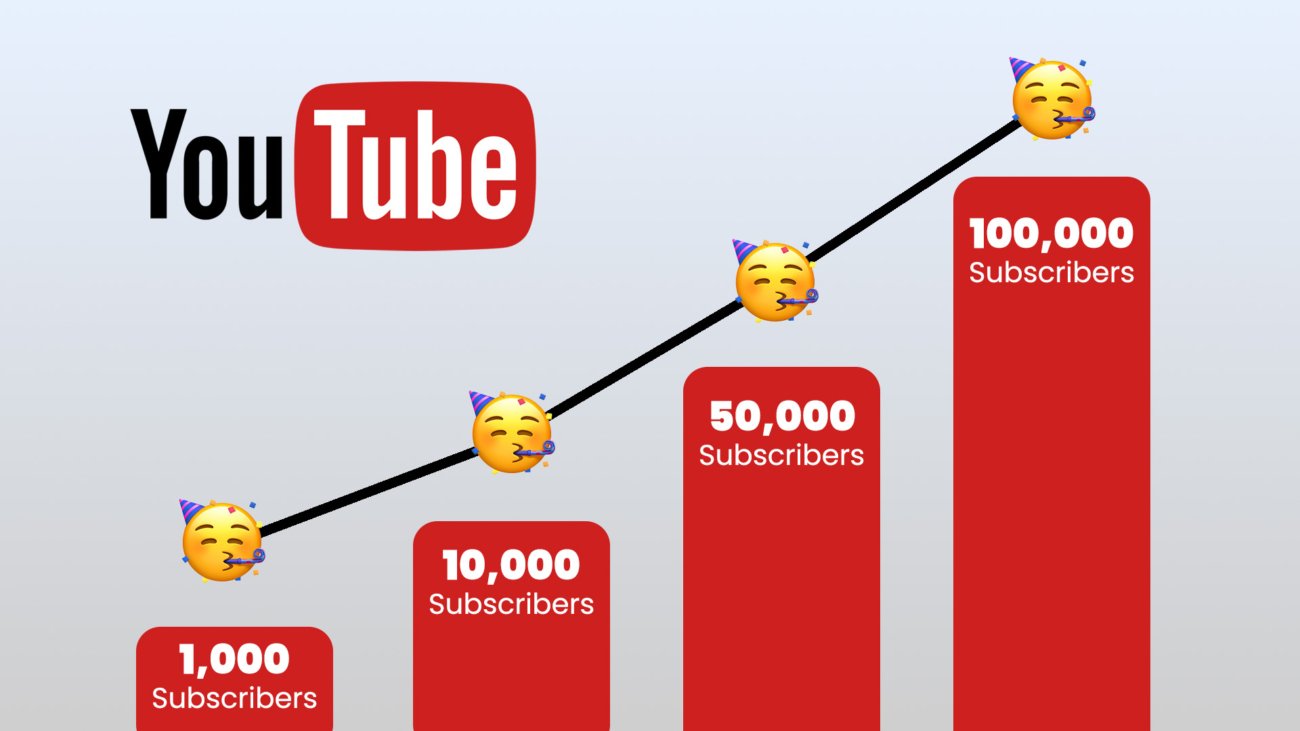Cloud computing has transformed the way businesses and individuals manage data, applications, and IT services. While it offers flexibility, scalability, and cost savings, it also brings unique security challenges. Protecting sensitive information in the cloud is crucial, especially as cyber threats continue to evolve. This guide explores the major challenges of cloud cybersecurity and the practical solutions to overcome them.
🌩️ Key Challenges in Cloud Computing Security
1. Data Breaches
- One of the most common and damaging threats in cloud computing.
- Occurs when unauthorized individuals gain access to sensitive information.
- Can result in financial loss, reputational damage, and regulatory penalties.
2. Insider Threats
- Employees, contractors, or third-party vendors with access to cloud systems may misuse data.
- Threats can be intentional (data theft) or accidental (careless mistakes).
- Insider risks are harder to detect compared to external attacks.
3. Insecure APIs (Application Programming Interfaces)
- APIs allow cloud services to integrate with other applications.
- Poorly designed or unsecured APIs can be exploited by attackers.
- Weak authentication and lack of encryption make APIs a common target.
4. Lack of Visibility and Control
- Businesses often rely on third-party cloud providers.
- Limited control over infrastructure and reliance on providers for monitoring.
- This lack of visibility can delay the detection of attacks.
5. Compliance and Legal Issues
- Different countries have different data protection regulations (e.g., GDPR, HIPAA).
- Storing or processing data in a region with weaker laws may expose businesses to risks.
- Failure to comply can lead to legal penalties.
6. Shared Responsibility Model Confusion
- Cloud providers and clients share responsibility for security.
- Providers secure the cloud infrastructure, but clients must secure their applications and data.
- Many businesses mistakenly assume the provider handles everything.
7. Data Loss and Downtime
- System outages, natural disasters, or accidental deletions can result in permanent data loss.
- Without proper backups, recovering lost data can be impossible.
8. Advanced Threats (Ransomware & DDoS)
- Cloud systems are frequent targets of ransomware attacks.
- Distributed Denial of Service (DDoS) attacks can overload servers, causing downtime.
- These attacks can cripple online businesses and disrupt services.
🛡️ Practical Solutions to Cloud Cybersecurity Challenges
1. Strong Data Encryption
- Encrypt data at rest and in transit.
- Use end-to-end encryption to ensure only authorized users can access information.
- Regularly update encryption keys to prevent breaches.
2. Multi-Factor Authentication (MFA)
- Adds an extra security layer beyond passwords.
- Requires users to verify identity through SMS codes, biometrics, or authentication apps.
- Reduces the risk of unauthorized access even if passwords are stolen.
3. Zero Trust Security Model
- Trust no one, whether inside or outside the network.
- Continuously verify every access request.
- Minimizes risks of insider threats and unauthorized access.
4. Regular Security Audits & Monitoring
- Conduct frequent penetration testing to identify vulnerabilities.
- Use cloud monitoring tools to detect unusual activity in real time.
- Automated alerts can stop breaches before major damage occurs.
5. Secure APIs
- Implement strong authentication and authorization for API access.
- Regularly test APIs for vulnerabilities.
- Always use TLS/SSL encryption for secure communication.
6. Clear Compliance Strategy
- Understand legal requirements for data storage and processing in different regions.
- Work with cloud providers that meet ISO, GDPR, HIPAA, or SOC 2 standards.
- Maintain compliance documentation for audits.
7. Backup and Disaster Recovery
- Regularly back up data across multiple locations.
- Implement a disaster recovery plan to minimize downtime.
- Cloud-native backup solutions ensure quick data restoration.
8. Employee Training & Awareness
- Train staff on recognizing phishing attempts and handling sensitive data.
- Establish cyber hygiene practices, like strong passwords and safe internet use.
- Educated employees reduce the risk of insider threats.
9. DDoS Protection & Ransomware Defense
- Use firewalls, intrusion prevention systems, and DDoS protection tools.
- Segment networks to isolate threats if one area is compromised.
- Regularly patch systems and update security software.
🌐 Future of Cloud Cybersecurity
- AI and Machine Learning: Automating threat detection and response.
- Blockchain Security: Improving data integrity and transparency.
- Quantum-Safe Encryption: Preparing for future quantum computing threats.
- Privacy-First Cloud: Growing focus on user privacy and data sovereignty.
✅ Final Thoughts
Cloud computing offers incredible advantages, but cybersecurity must be a top priority. By understanding the challenges — from data breaches to compliance issues — and implementing strong security solutions, individuals and businesses can enjoy the benefits of cloud technology without compromising safety.
In 2025 and beyond, cybersecurity in cloud computing will continue to evolve. The organizations that succeed will be those who invest in robust security practices, employee awareness, and cutting-edge technologies.









